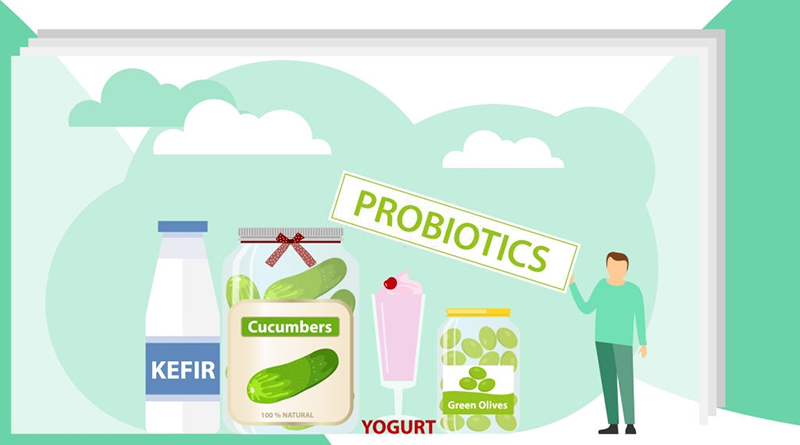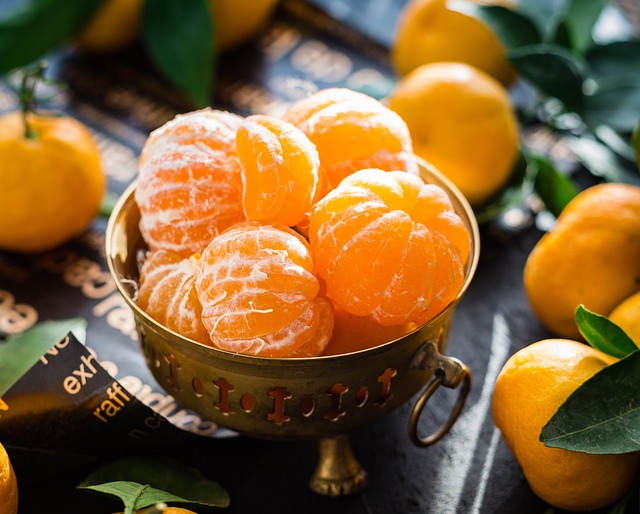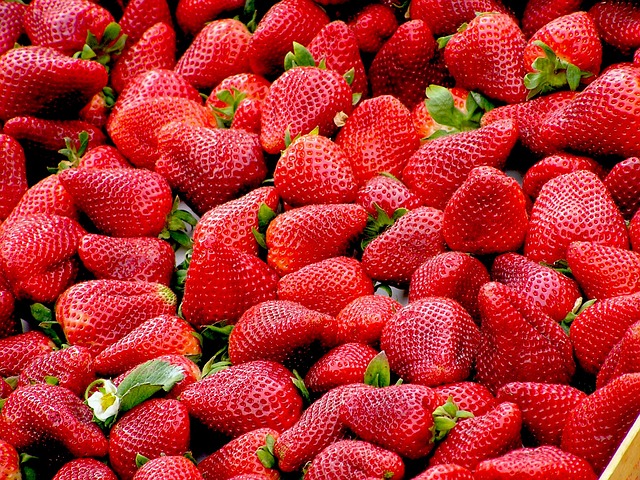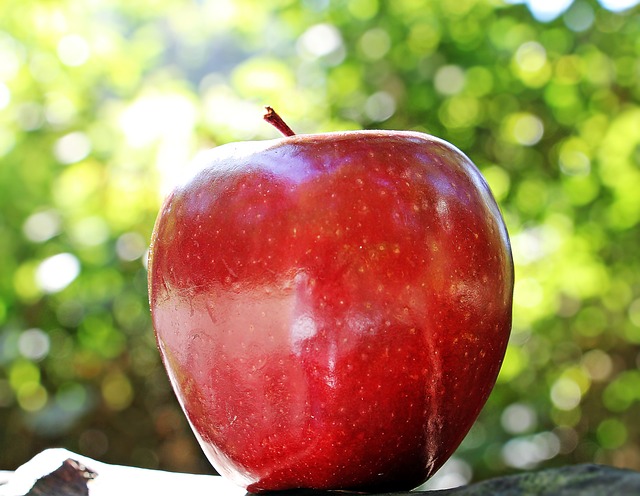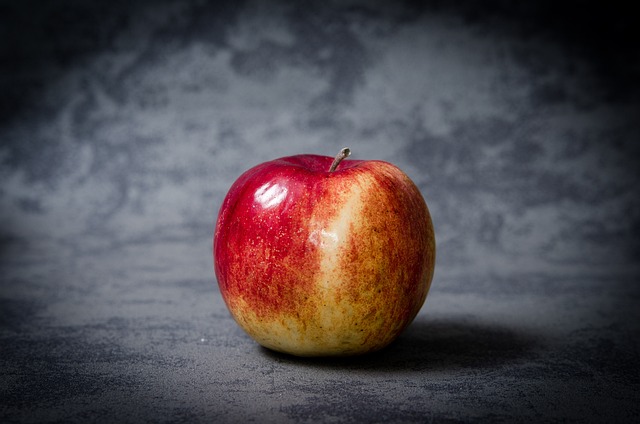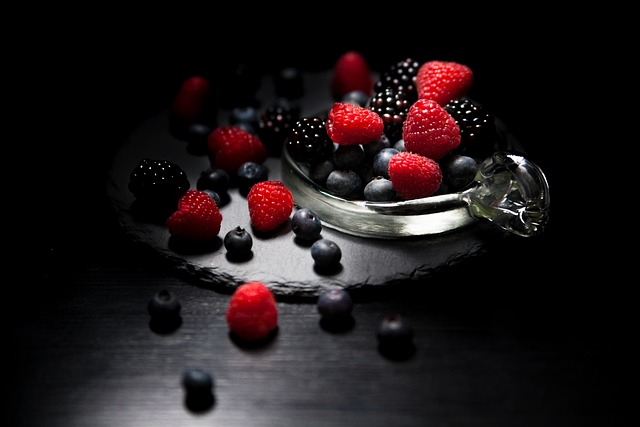How to Incorporate Probiotic-Rich Foods into Your Daily Diet Plan
Probiotics are beneficial live bacteria that can improve our digestive health and overall well-being. Including probiotic-rich foods in our daily diet plan can help to maintain a healthy balance of gut bacteria, which can in turn improve digestion and boost our immune system. In this blog, we’ll discuss some easy ways to incorporate probiotic-rich foods into your daily diet plan.
1. Yogurt
Yogurt is one of the most popular and readily available probiotic-rich foods. Yogurt is made by fermenting milk with live bacteria cultures, which can include Lactobacillus bulgaricus and Streptococcus thermophilus. When buying yogurt, look for options that specifically mention “live and active cultures” on the label. Greek yogurt is a great option and can be used in dips and dressings, mixed with fruit, or enjoyed as a snack on its own.
2. Kefir
Kefir is a fermented milk drink that is similar to yogurt but has a thinner consistency. It is made by adding kefir grains, which are a mixture of bacteria and yeast, to milk. Kefir has a slightly sour taste and is a good source of probiotics, calcium, and protein. Kefir can be enjoyed on its own, added to smoothies or used as a substitute for buttermilk in baking recipes.
3. Miso
Miso is a traditional Japanese seasoning that is made by fermenting soybeans with salt and a fungus called koji. The final product is a paste that has a salty, savory taste and is commonly used in soups, marinades, and dressings. Miso is a good source of probiotics and is also packed with vitamins and minerals.
4. Kombucha
Kombucha is a fermented tea that is made by adding a symbiotic culture of bacteria and yeast to sweetened tea. The bacteria and yeast convert the sugar into alcohol and organic acids, resulting in a slightly effervescent, tangy drink. Kombucha is a good source of probiotics and antioxidants and can be found in many health food stores.
5. Kimchi
Kimchi is a traditional Korean side dish that is made by fermenting cabbage, radishes, or other vegetables with a mixture of spices and seasonings. Kimchi has a sour, spicy taste and is a good source of probiotics, vitamins, and fiber. Kimchi can be used as a condiment, added to rice bowls, or enjoyed as a side dish.
6. Sauerkraut
Sauerkraut is a fermented cabbage dish that is commonly eaten in Germany and Eastern Europe. The fermentation process transforms the cabbage into a tangy, probiotic-rich dish that can be enjoyed as a side dish or used as a topping on sandwiches and burgers. When buying sauerkraut, look for options that are unpasteurized and refrigerated, as these will contain more live probiotics.
Conclusion
Adding probiotic-rich foods to your daily diet plan is an easy and delicious way to improve your digestive health and boost your overall well-being. Whether you choose to incorporate yogurt, kefir, miso, kombucha, kimchi, sauerkraut, or other probiotic-rich foods, make sure to choose options that are unprocessed and contain live, active cultures. Experiment with different flavors and textures and enjoy the health benefits that probiotics have to offer.


